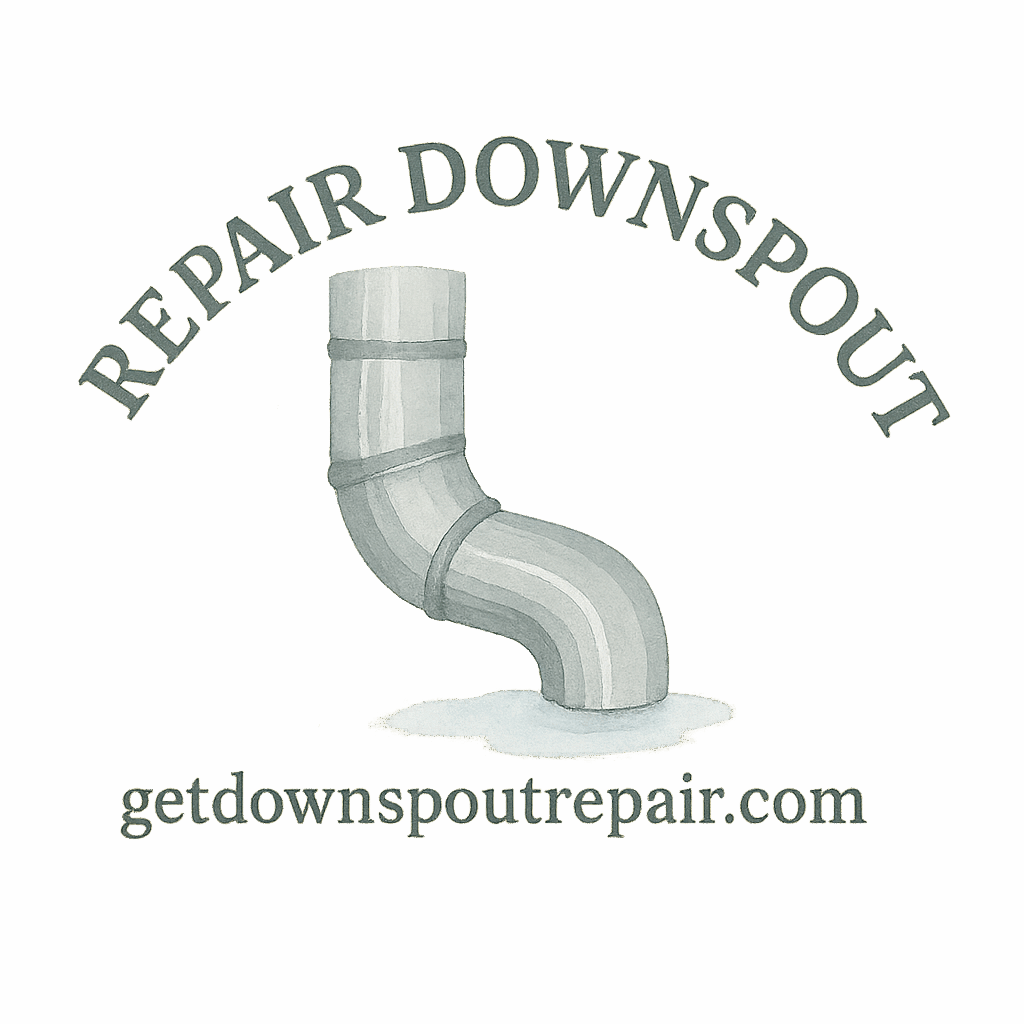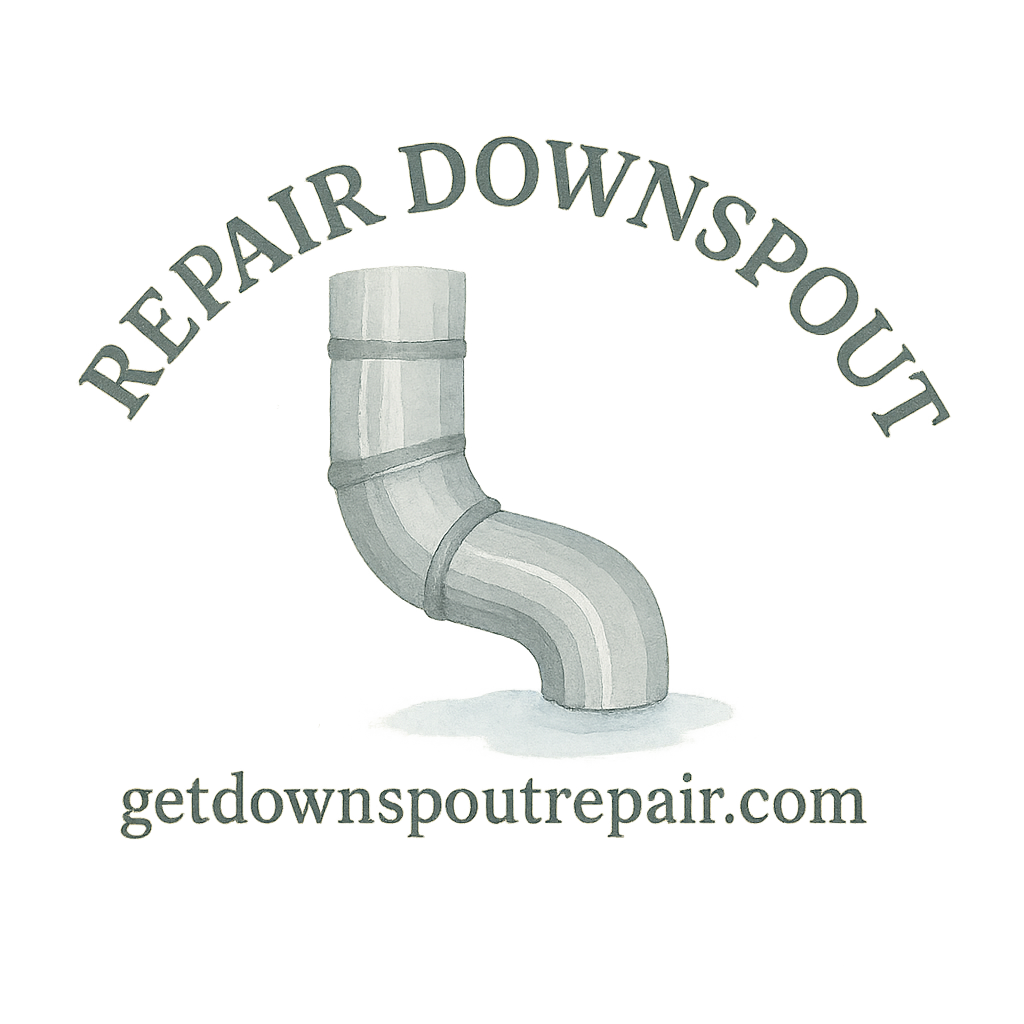Introduction to DIY Downspout Repair
If your downspout is leaking, clogged, or simply falling apart, you don’t always have to call a professional right away. With the right tools, you can handle many common downspout repair projects on your own. DIY fixes save money, give you confidence, and prevent small problems from turning into costly water damage. But here’s the catch—without the proper tools, you could easily make mistakes that create even bigger issues.
That’s why today, we’re breaking down the 10 best tools for DIY downspout repair projects. By the end of this guide, you’ll know exactly what to keep in your toolbox and how to use each tool effectively.
Why Having the Right Tools Matters
Preventing Water Damage
Downspouts are your home’s drainage lifeline. A poorly fixed downspout can cause water to pool around your foundation, leading to cracks, mold, and even basement flooding. The right tools ensure a secure, watertight fix.
Saving Time and Money
Have you ever started a project only to realize halfway through you don’t have the tool you need? Not fun. The right set of tools prevents frustration and saves you from running to the hardware store mid-project.
Increasing Repair Success
Let’s face it: using a butter knife instead of a screwdriver isn’t going to cut it. (Pun intended!) With the correct gear, your repairs will be sturdier, last longer, and look more professional.
For beginners, I recommend checking this beginner repair guide to match tools with your skill level.
Essential Tools for DIY Downspout Repair
1. Screwdriver Set
Flathead and Phillips Options
A screwdriver set is non-negotiable. Most downspouts are fastened with screws, and having both flathead and Phillips options ensures you can handle any type.
When to Use a Screwdriver in Downspout Repair
Use screwdrivers for tightening loose sections, removing old brackets, or installing new straps. This is one of the most basic but most-used tools in your kit.
2. Cordless Drill
Benefits of a Cordless Drill
Think of this as your screwdriver’s turbocharged cousin. A cordless drill makes quick work of securing screws and rivets. It’s a must for larger repairs.
Drill Bits for Metal and Plastic
Pick drill bits designed for sheet metal if you’re working with aluminum downspouts. For PVC, standard bits will do the job.
3. Hacksaw
Cutting Aluminum and Steel Downspouts
A hacksaw is perfect for cutting through metal downspouts when resizing or replacing damaged sections.
Safety Tips for Using a Hacksaw
Always wear gloves and goggles when cutting. Clamp the downspout securely before sawing to avoid slips.

4. Measuring Tape
Getting Accurate Cuts and Fittings
You’d be surprised how many people eyeball cuts and regret it later. A measuring tape ensures your sections line up perfectly.
Common Mistakes to Avoid
Don’t forget to measure twice before cutting once—seriously, it saves you wasted materials.
5. Rivet Gun
Why Rivets Work Better than Screws
Rivets create stronger, more permanent joints compared to screws that can loosen over time.
How to Properly Use a Rivet Gun
Drill a hole, insert the rivet, squeeze the gun—and you’ve got a professional-grade joint. If you’re aiming for long-term durability, rivets are your best friend.
6. Ladder
Choosing the Right Size
A sturdy ladder is critical for safely reaching gutters and high downspout sections. Choose one tall enough so you don’t have to overreach.
Ladder Safety Guidelines
Set it on stable ground, keep three points of contact, and never lean too far to the side. Safety first!
7. Caulking Gun
Sealing Leaks and Joints
Leaks often happen where two sections connect. A caulking gun loaded with exterior-grade sealant can make your system watertight again.
Choosing the Right Sealant
Silicone or polyurethane-based sealants work best for outdoor conditions.
8. Pliers
Types of Pliers for Downspout Repair
Needle-nose pliers are great for bending small brackets, while slip-joint pliers are ideal for gripping stubborn pieces.
Everyday Uses in Repairs
From crimping joints to pulling out nails, pliers are incredibly versatile.
9. Work Gloves
Protection Against Cuts
Sharp metal edges can slice through skin faster than you think. A good pair of gloves keeps your hands safe.
Grip and Comfort During Repairs
Look for gloves with padded palms and good grip to make handling tools easier.
10. Safety Goggles
Preventing Eye Injuries
When cutting metal or drilling, tiny shards can fly everywhere. Goggles prevent a trip to the ER.
When You Must Wear Goggles
Always wear them when sawing, drilling, or hammering. No exceptions.
Bonus Tools That Can Make Repairs Easier
- Utility Knife – Great for trimming sealant or cutting vinyl downspouts.
- Rubber Mallet – Helps tap pieces into place without denting metal.
- Bucket and Hose for Testing Flow – Simulate rainfall to check your repair job before the next storm.
For more ideas, check out DIY repair tools.
Tips for Using DIY Downspout Repair Tools Effectively
Keep Tools Organized
A simple toolbox saves you from wasting time searching for the right tool.
Regular Maintenance of Tools
Keep blades sharp, drills charged, and screwdrivers rust-free for maximum efficiency.
Combine Tools for Better Results
For example, measure with tape, cut with a hacksaw, and finish with a rivet gun for seamless repairs.
When to Call a Professional Instead
Situations Where DIY Isn’t Enough
If your downspout is severely corroded, detached from the house, or causing foundation problems, it’s time to call a pro.
How Professionals Use Advanced Tools
Licensed contractors often use specialized gear like crimping machines and heavy-duty cutters. Check out professional help if you’re not confident.
Conclusion
DIY downspout repair doesn’t have to be intimidating. With the 10 best tools for DIY downspout repair projects, you can tackle clogs, leaks, and loose fittings like a pro. Equip yourself with these essentials, practice safety, and your home’s drainage system will thank you.
For more guides, check out:
FAQs
Q1: Can I fix a downspout without power tools?
Yes, but tools like a cordless drill make the process much faster and easier.
Q2: What’s the cheapest tool I should buy first?
Start with a screwdriver set and measuring tape—they’re budget-friendly and always useful.
Q3: Do I really need a rivet gun?
Not always, but if you want strong, lasting joints, a rivet gun is worth it.
Q4: How do I test if my repair worked?
Use a garden hose to run water through the downspout and check for leaks.
Q5: Are hacksaws safe for beginners?
Yes, as long as you wear gloves and goggles and cut slowly with steady pressure.
Q6: Can I reuse old brackets and straps?
If they’re not rusted or bent, yes—but replacing them ensures longer-lasting repairs.
Q7: When should I hire a professional instead of DIY?
If the repair involves the roofline, major water damage, or requires specialized tools, call a licensed contractor.


